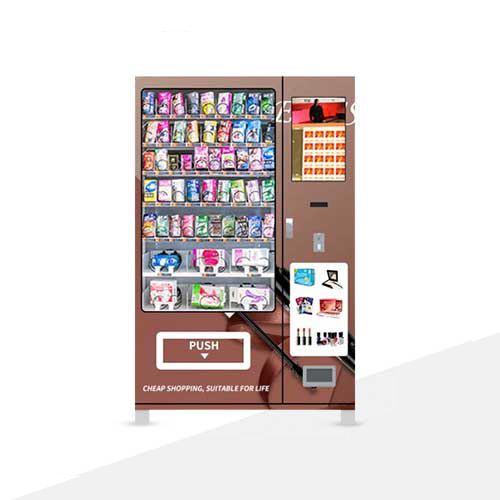
The Evolution of Vending Machine Payments: A Shift Towards Facial Recognition in China
Vending machines have long been popular in developed countries, and their prevalence is gradually expanding in China. The choice of payment methods involves various factors such as technological proficiency, business environment, and payment habits. Taking Japan as an example, with a population of just over 100 million, it boasts more than 5 million vending machines, the majority of which only support coin payments.
This is closely tied to Japan's coinage policy. Besides vending machines, Japan has numerous other unmanned self-service devices. To facilitate retail payments, Japan issued coins with denominations of 1, 5, 10, 50, 100, and 500 yen, significantly boosting the development of the retail market. Compared to paper currency, coins offer higher convenience and lower circulation costs.
However, the market environment in China presents a different landscape. A decade ago, due to limitations in economic development, vending machines that supported cash payments were not widespread. In recent years, with the flourishing development of e-commerce and the widespread use of mobile payments, the economic level in China has rapidly increased. In first and second-tier cities, vending machines that support mobile payments are gradually becoming popular and expanding to third and fourth-tier cities, directly bypassing the phase where cash payments dominate.
Payment technology has gradually evolved from cash, card payments, and mobile payments to the latest facial recognition payment, marking the fourth generation of vending machine payment methods. In the future, facial recognition payment (face scanning payment) is destined to become the mainstream payment method for vending machine manufacturers, offering users a more convenient and secure shopping experience.
Comments
Comments require logging in to a Google account first.
You may also like


Tailored Business Experience: DingShang Customizable Vending Machine, Leading the Market Trend, Creating Extraordinary Shopping Experiences!

DingShang Tech Reinvented: Customizable Smart Vending Machine, Accentuating Business Unique Selling Points, Igniting Consumer Experiences!

Face Recognition Shopping Sensation: DingShang Customizable Smart Vending Machine, Infusing Personalized Services, Bringing Technological Beauty to Business!

Face Recognition Payment Heights: DingShang Facial Recognition Unmanned Vending Machine, Personalized Business Efficiency, Enjoy the Charms of Technology!

Subway Shopping New Trend: DingShang Customizable Smart Vending Machine, Highlighting Unconventional Shopping Experiences, Leading the Fashion Frontier!

Subway New Fashion: DingShang Customizable Smart Vending Machine, Defining Fashionable Shopping, Taking You on a Journey of New Shopping Trends!



